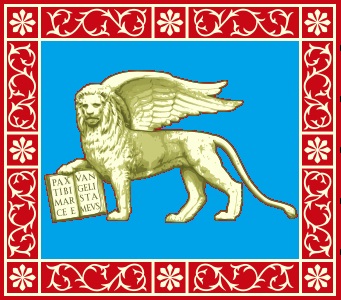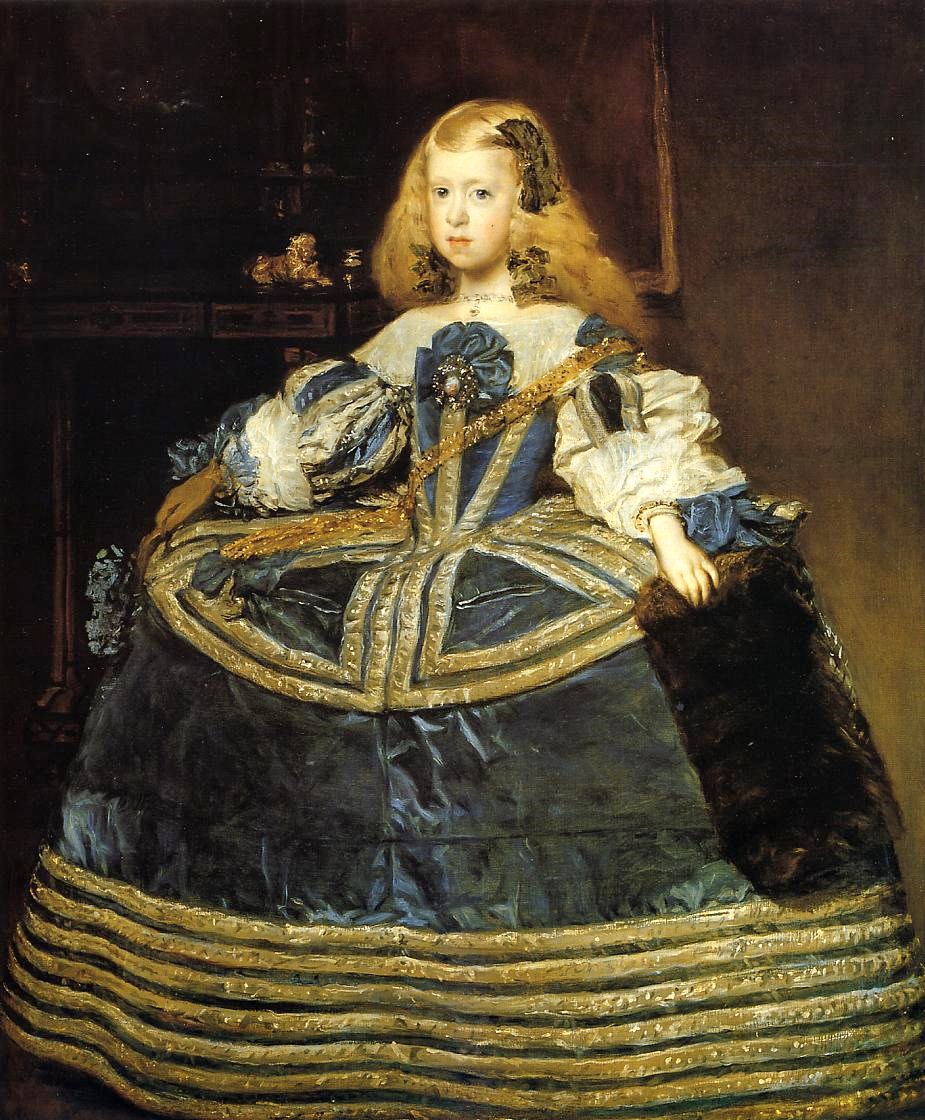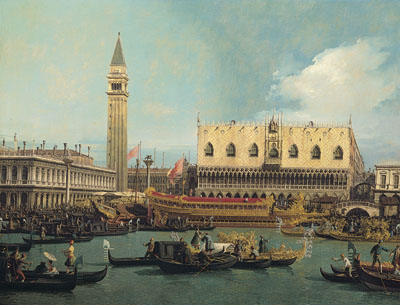Leopoli: Difference between revisions
No edit summary |
|||
| Line 11: | Line 11: | ||
Not bent on expension, the Republic still managed to establish a few outposts on its main commercial lanes, a potential subject of contention with its rivals, | Not bent on expension, the Republic still managed to establish a few outposts on its main commercial lanes, a potential subject of contention with its rivals, | ||
The [[Reformation]] saw the Free City embrace [[Sotiranity]] as its main religion, tough religious liberties are more relaxed than in the mainland. Leopolitan support allowed the princes of [[Volodymir]] to unite the [[Vozdh]] under the banner of Sotiranity, and commercial, military and cultural exchanges have been rich ever since. More recently, Leopoli ferried the [[Vozdinian]] armies during the siege of Archadia which ended in the demise of the [[Republic of Tor Ardwen]]. With the defeat of the [[Sotiran league]], Leopoli | The [[Reformation]] saw the Free City embrace [[Sotiranity]] as its main religion, tough religious liberties are more relaxed than in the mainland. Leopolitan support allowed the princes of [[Volodymir]] to unite the [[Vozdh]] under the banner of Sotiranity, and commercial, military and cultural exchanges have been rich ever since. More recently, Leopoli ferried the [[Vozdinian]] armies during the siege of Archadia which ended in the demise of the [[Republic of Tor Ardwen]]. With the defeat of the [[Sotiran league]], Leopoli found itself in a delicate situation. | ||
In 843 AIC, Leopoli saw it necessary to expand its influence in the [[Spice Islands]]. This led to the [[War of the Spice Islands]] which saw the nation fend off [[Karlsbund]] to maintain trade dominance. | |||
A devastating earthquake decimated the [[Leopoli (city)|capital]] in late 843 AIC. The event shocked the world, with [[Verduro]] and [[Desteylle]] sending aid to restore order to the city. | |||
== Politics == | == Politics == | ||
Revision as of 11:16, 11 August 2017



The Republic of Leopoli, also called the Free City of Leopoli and officially the Most Serene Republic of Leopoli is a city-state on the northern coast of the Inner Sea. Its capital is Leopoli
History
While the occupation of the site Leopoli dates from the imperial attempt at establishing a provincial capital in the area (dubbed Archadia Minor for the lack of an official name following the completion of the project), the actual city was established by refugees fleeing the devastation of the Archadian Empire during the series of wars and civil wars that saw its ruin. Republican since its heydays, Leopoli managed to survive and thrive by manoueveing some of its more powerfull neighbors and with allying with some others.
Not bent on expension, the Republic still managed to establish a few outposts on its main commercial lanes, a potential subject of contention with its rivals,
The Reformation saw the Free City embrace Sotiranity as its main religion, tough religious liberties are more relaxed than in the mainland. Leopolitan support allowed the princes of Volodymir to unite the Vozdh under the banner of Sotiranity, and commercial, military and cultural exchanges have been rich ever since. More recently, Leopoli ferried the Vozdinian armies during the siege of Archadia which ended in the demise of the Republic of Tor Ardwen. With the defeat of the Sotiran league, Leopoli found itself in a delicate situation.
In 843 AIC, Leopoli saw it necessary to expand its influence in the Spice Islands. This led to the War of the Spice Islands which saw the nation fend off Karlsbund to maintain trade dominance.
A devastating earthquake decimated the capital in late 843 AIC. The event shocked the world, with Verduro and Desteylle sending aid to restore order to the city.
Politics
Leopoli is ruled by an Archon elected for a single term of 4 years, and an executive body of elected officials referred to as the Signoria.
Both the Archon and the members of the Signoria are elected by a class of citizens. Leopolitan citizenship requires birth in Leopoli by parents having lived for at least ten years in the city, and a certain ammount of wealth consisting of estates, companies, ships, or simple money accumulation. The elections are held on the main Piazza, where voting amphorae are placed between the two Columns and guarded by officials dressed in ancient Archadian civic attire.
While officially at the head of the Republic, the Archon holds little to no substantial powers beyond symbolic ones, acting as a figurehead and attending ceremonies. Uniquely enough, the Archon is elected between the youth of the citizenry, from ages seven to eleven, and rule a single term of four years (the oldest Archons thus never acheiving the majority age of 16). Commented by foreigners as an elective monarchy with a perpetual regency, the Republic views its chief magistrature as both a way to ensure that no Archon would attempt to usurp power, and as an extraordinary opportunity for civic formation and education for the most privilegied of its youth. The Archon can be of either gender, and the candidates are chosen randomly from the pool of eligible children.
The Signoria is a more complex institution, ruled by elected members and advisers, but also consisting of an unknown number of committees formed by anonymous members.
The Palazzo Archontale is the seat of government, which also sprawls in a number of administrative buildings centered around the main Piazza.
Staying as far as it could from the turmoil during the centuries following the fall of Archadia, Leopoli still committed itself following the Reformation, and now vows to return to its traditional neutral stance regarding geopolitical affairs, to no avail. For many members of the Signoria, it is great time the city fully assumed its place in the world and considered establishing alliances to ensure its survival as a free city.
Culture
While mostly Archadian in origins, the population have long since mixed with peoples from all over the world and developed its own cosmopolitan culture. The city proper is colourful and often adorned with draperies and ornaments, shuffling along the procession of carnivals and holidays that rhythm Leopolitan life.
The Republic's symbols are the Winged Lion, who is said to have fled Archadia during its fall by betrayal, and its patron saint San Markos, who, after having killed his father who would have brought his countrymen under foreign servitude, lived a holy life of repentance and converted the city's inhabitants to the solar religion.